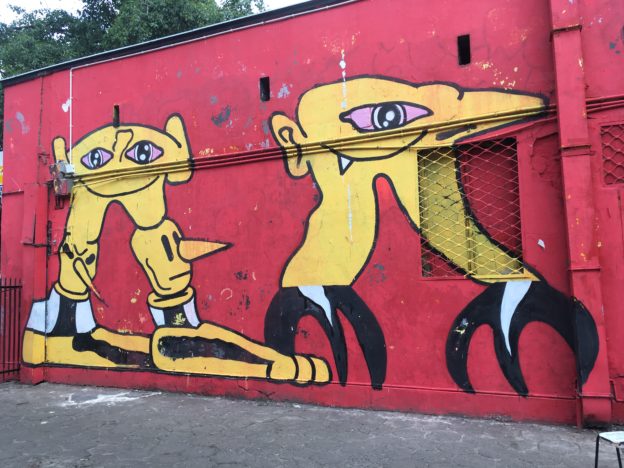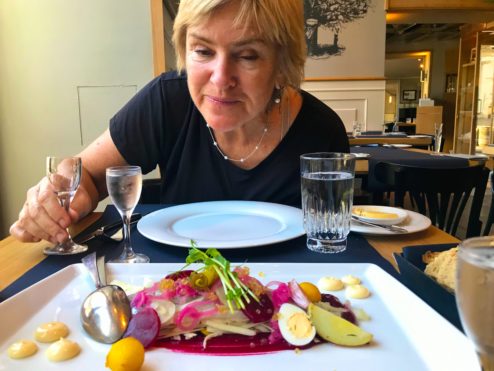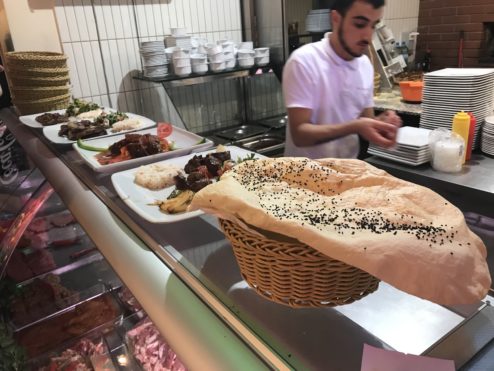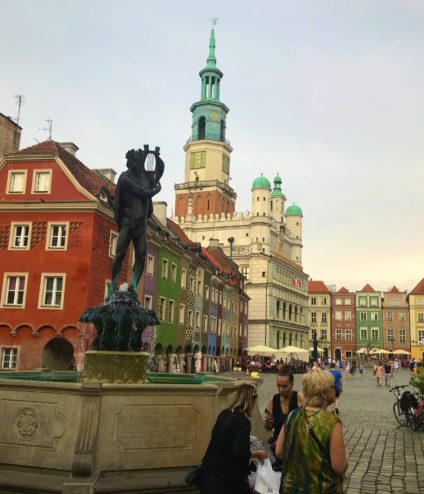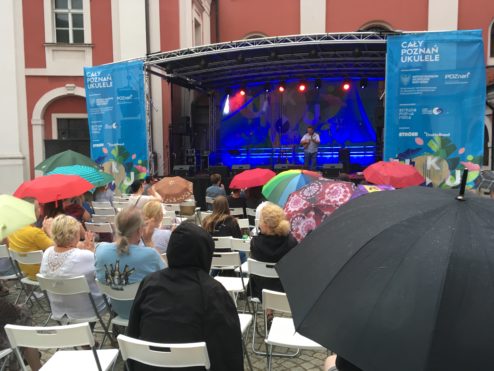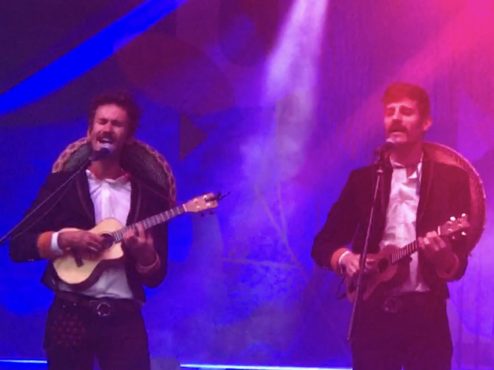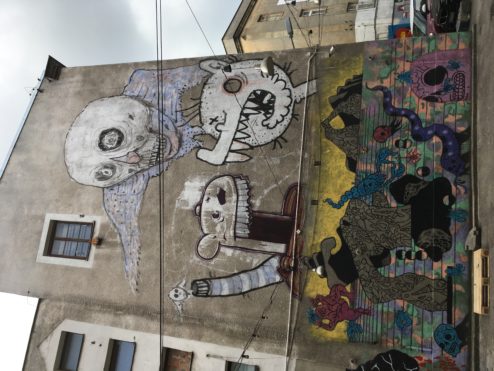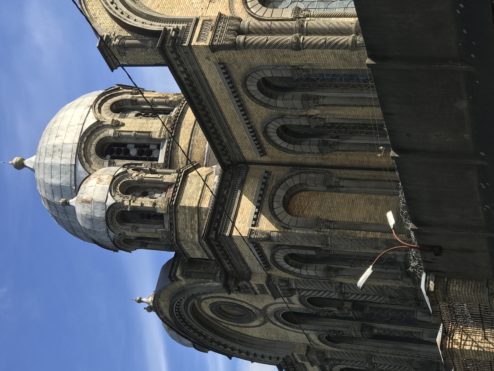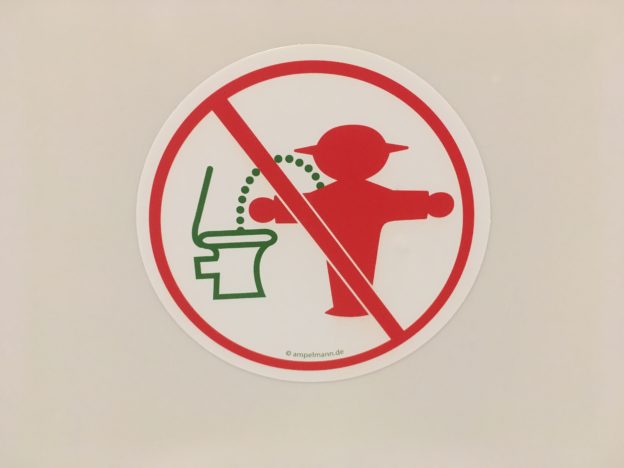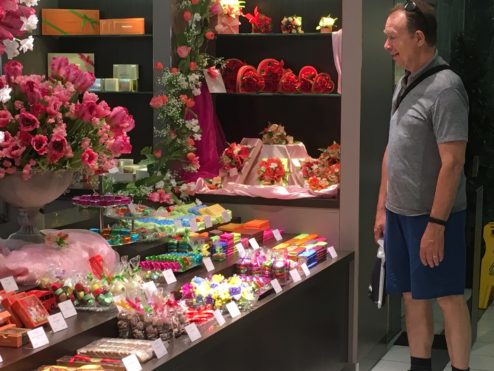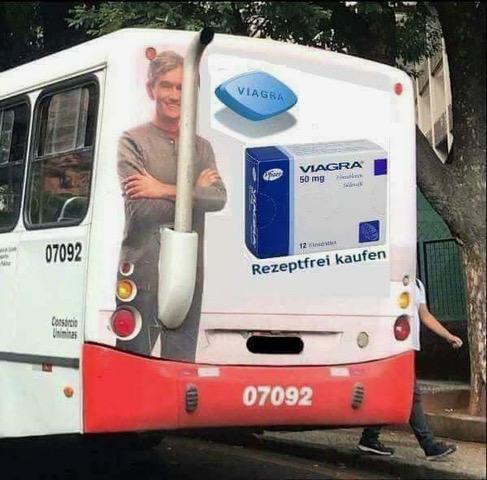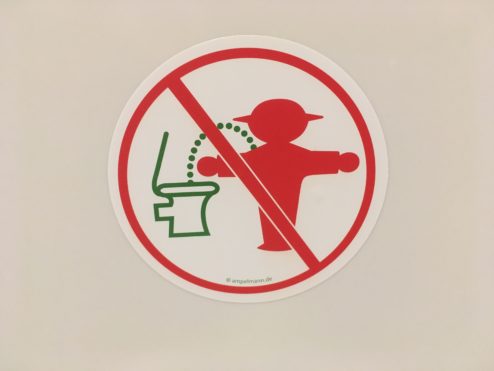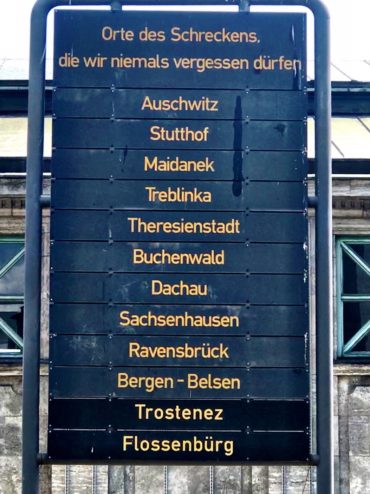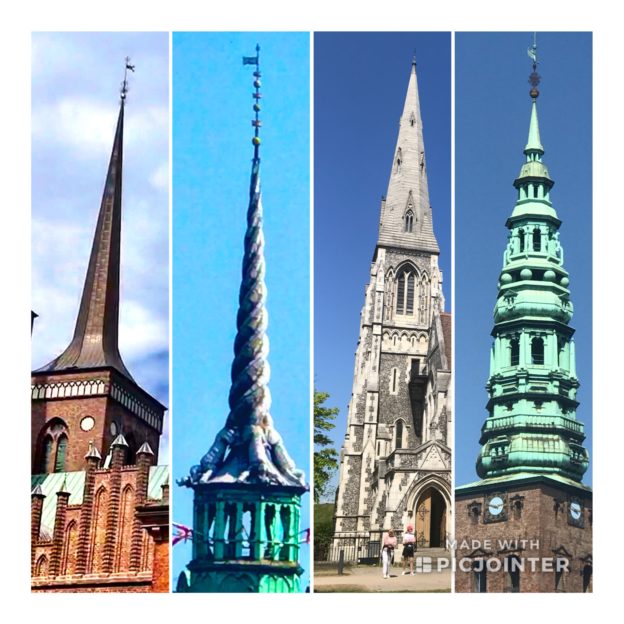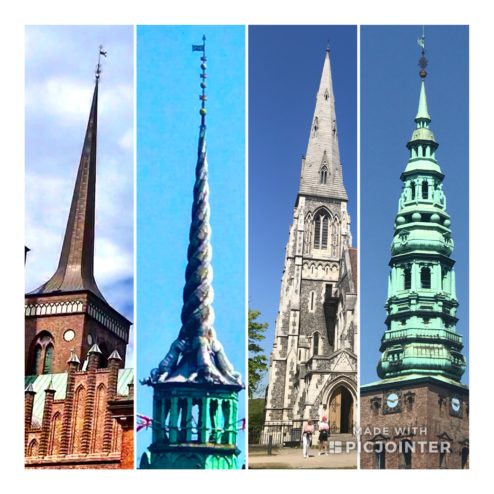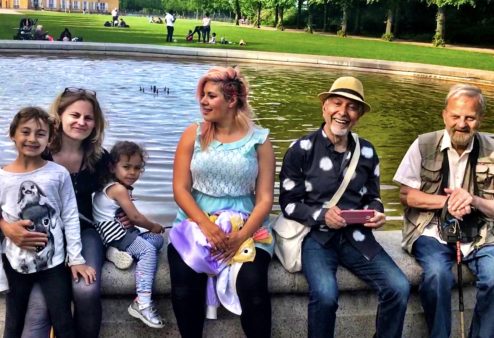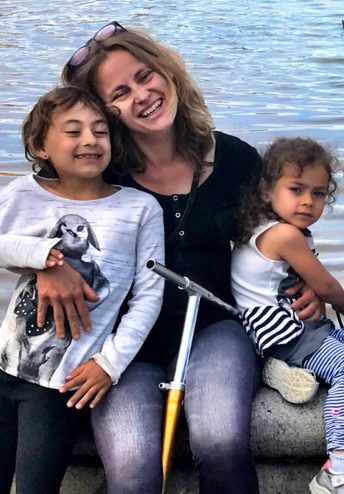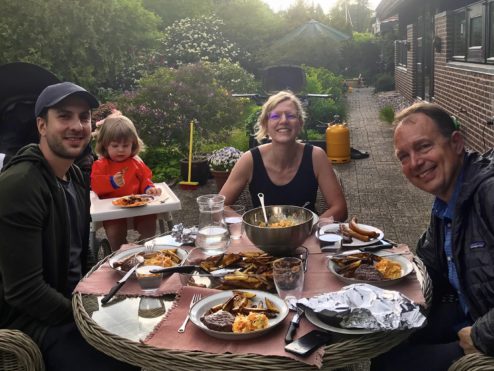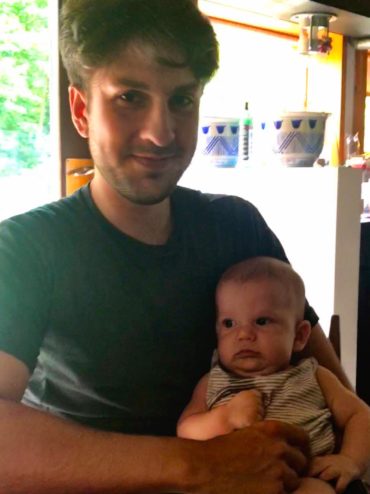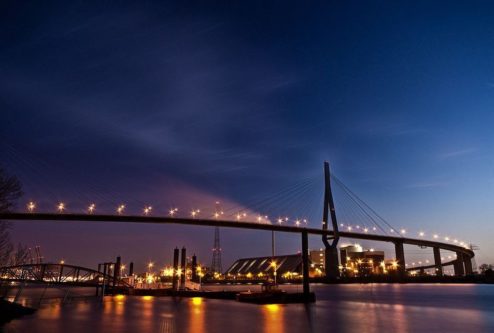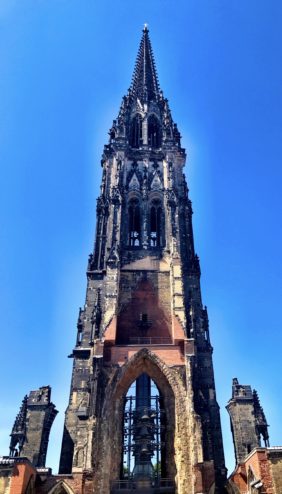Poland was our favorite Baltic country. It is lively and modern and as it is part of the European Common Market it feels like it is growing; citizens are fully employed and college is free or low cost. WODSKI (Vodka) is the national drink and we had a dinner accompanied by a wodski tasting. Above you see Sally with her first two shots lined up on her way to tasting every European grapefruit vodka available. (Finlandia was the best and the Polish version the worst.) Steven did NOT find the horseradish vodka to his liking!
The Poles love their breads, and sausages and meats. This casual local restaurant, a short walk from our hostel, made you start at a huge meat counter to select your cuts, then seated you and started the wodski shots. Before you finish your first shot, perfectly cooked meats, salads, and fresh bread arrives…and the shots continue! I wish we had this restaurant in our Albany neighborhood.
Our first of many, many medieval town squares (yawn…) was in Poznan, about halfway between Berlin and Warsawa. Because we stayed on the town square we happened onto an international ukelele festival! An awesome musician from Australia played faster and faster versions of the William Tell Overture as the crowd yelled, “Faster, faster!”(below)
He was was followed by two local rockers pretending to be Mexicans dressed in big sombreros, tight pants, and …with limited Spanish. They performed a variety of big rock anthems…Move over, Boss! What a hoot with their electrified ukes, rock concert lighting and jumps out into the audience as though into a mosh pit. They got EVERYBODY dancing in spite of the rain.
Poland felt different from the other Baltic countries: friendlier, Catholic, more public art, way better food and less expensive.
Although during WW2, the Poles did their share of marching their Jewish countryman into the forest to shoot them, they also had the largest and most successful Jewish Uprising (Warsaw) of all the ghettos in the Baltics. The large Jewish populations in the Baltics have disappeared but each capital has one remaining synagogue that has been preserved.

